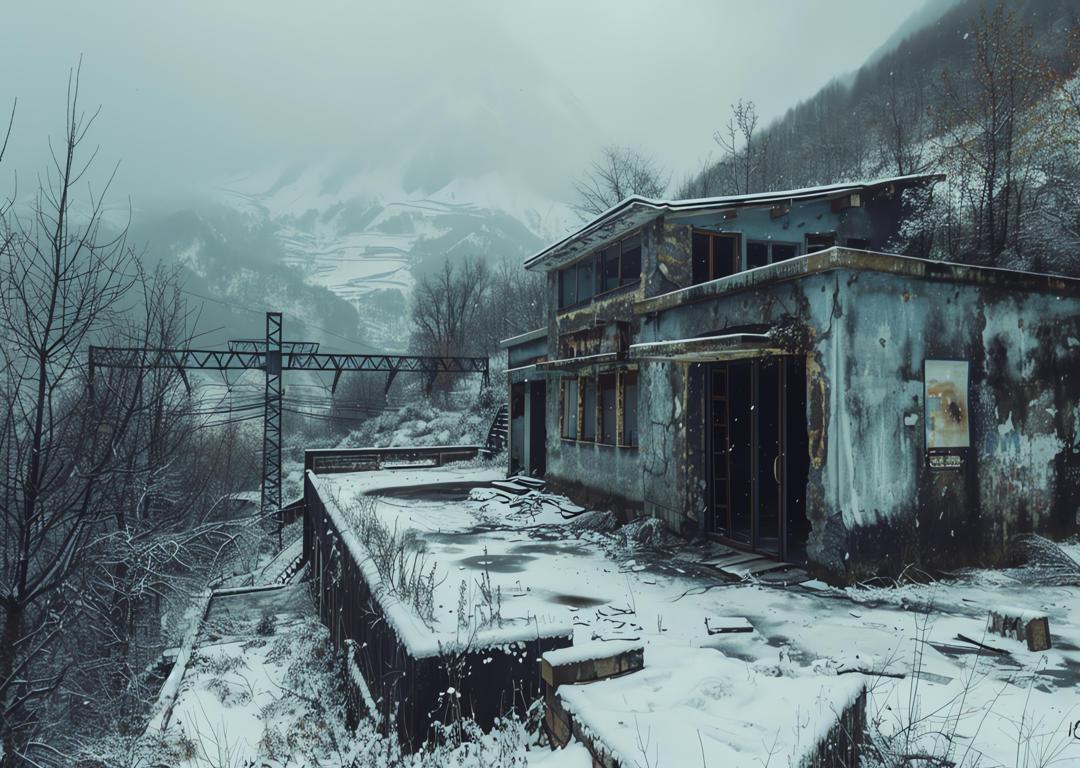
Concrete surfaces, whether driveways, sidewalks, or patios, are susceptible to damage during harsh winter months. Freeze-thaw cycles, snow, and ice can lead to cracks, spalling, and other forms of deterioration if not properly protected. Preparing your concrete for winter is essential to maintaining its integrity and appearance. Here are some comprehensive pre-winter concrete care tips to prevent damage during the cold months.
Understanding Winter Concrete Damage
Freeze-Thaw Cycles
Concrete is porous, allowing water to seep into its surface. When temperatures drop, the water inside the concrete freezes and expands, creating pressure within the material. This cycle of freezing and thawing can cause cracks and surface damage over time.
De-Icing Chemicals
While de-icing chemicals are effective in melting ice, they can also cause significant damage to concrete. These chemicals can lead to scaling, spalling, and corrosion of the reinforcing steel within the concrete.
Snow and Ice Buildup
Accumulation of snow and ice can create excess moisture on concrete surfaces, exacerbating the freeze-thaw cycle and increasing the risk of damage.
Essential Pre-Winter Concrete Care Tips
Inspect and Repair
Before the onset of winter, thoroughly inspect all concrete surfaces for existing damage such as cracks, spalling, or uneven areas. Addressing these issues early can prevent them from worsening during the winter. Use a high-quality concrete crack sealant to fill any existing cracks, preventing water from infiltrating the concrete and causing further damage during freeze-thaw cycles. For larger areas of damage, apply a concrete patching compound to restore the surface and protect it from winter elements.
Clean and Seal
Cleaning and sealing your concrete surfaces provide an added layer of protection against moisture and de-icing chemicals. Remove dirt, debris, and stains from your concrete using a pressure washer or a suitable concrete cleaner. Ensuring the surface is clean enhances the effectiveness of the sealant. Apply a penetrating concrete sealer to create a barrier that repels water and protects against freeze-thaw damage. SEVEN’s concrete sealers are excellent for providing long-lasting protection and maintaining the appearance of your concrete.
Apply a Protective Coating
In addition to sealing, consider applying a protective coating specifically designed for winter conditions. These coatings provide an extra layer of defense against moisture and de-icing chemicals. Epoxy coatings offer durable protection and can withstand harsh winter conditions. They create a non-porous surface that prevents water infiltration and reduces the risk of freeze-thaw damage. Polyurethane coatings are flexible and provide excellent resistance to abrasion and chemical damage. They are ideal for high-traffic areas and offer superior protection against winter elements.
Improve Drainage
Proper drainage is crucial for preventing water accumulation on concrete surfaces. Ensure that your drainage systems are functioning correctly and that water flows away from concrete areas. Check that concrete surfaces are properly sloped to direct water away from structures and walkways. Ensure that gutters and downspouts are clear of debris and direct water away from concrete surfaces to prevent pooling and potential damage.
Use Safe De-Icing Methods
While it’s important to keep concrete surfaces free of ice, using the right de-icing methods can prevent damage. Calcium magnesium acetate (CMA) is a less corrosive alternative to traditional rock salt and is safer for concrete surfaces. It effectively melts ice without causing significant damage. Using sand can provide traction on icy surfaces without introducing harmful chemicals. It’s an eco-friendly option that protects both concrete and the environment.
Cover and Protect
Covering concrete surfaces during extreme weather conditions can provide additional protection. Use heavy-duty tarps or mats to cover concrete surfaces during snowstorms or severe weather. This helps prevent direct contact with snow and ice, reducing the risk of damage. Regularly remove snow from concrete surfaces using a plastic shovel or a snow blower with rubber blades. Avoid metal shovels that can scratch and damage the concrete.
Long-Term Concrete Care Strategies
Regular Maintenance
Consistent maintenance is key to preserving the longevity and appearance of concrete surfaces. Regularly inspect and address any damage, clean and reseal surfaces as needed, and apply protective coatings periodically.
Professional Services
For extensive repairs or protective applications, consider hiring professional services. Companies like Idaho Concrete Lifting offer specialized services to repair, level, and protect concrete surfaces, ensuring they withstand harsh winter conditions.
Education and Awareness
Stay informed about the best practices for concrete care in your specific climate. Understanding the local weather patterns and how they affect concrete can help you implement the most effective maintenance strategies.
Properly preparing your concrete for winter is essential to prevent damage and extend its lifespan. By inspecting, cleaning, sealing, and using the right protective measures, you can ensure your concrete surfaces remain in excellent condition throughout the harsh winter months. Idaho Concrete Lifting provides expert services to help you achieve these goals, offering reliable and efficient solutions for all your concrete maintenance needs.
Ready to protect your concrete from the harsh winter weather? Contact Idaho Concrete Lifting today to learn more about our comprehensive concrete care services and schedule a consultation. Ensure your concrete surfaces are safe, durable, and visually appealing with our expert solutions!